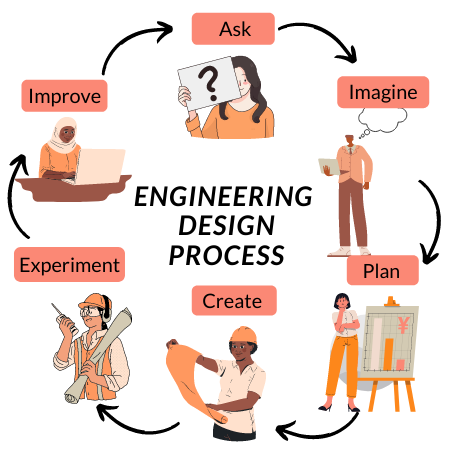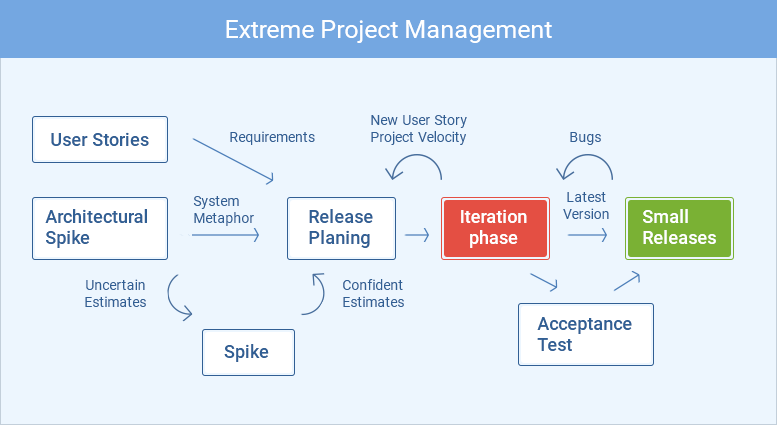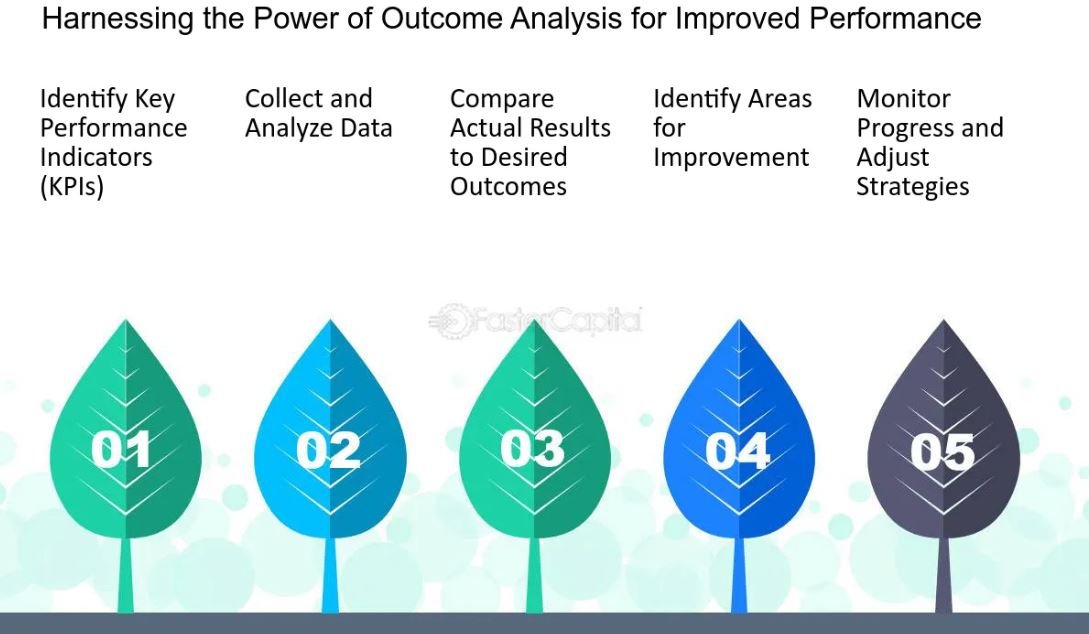Welcome to “Engineer’s Toolbox,” the definitive guide designed for every engineer looking to enhance their toolkit and streamline their project processes. Whether you’re a seasoned professional aiming to refine your practice or a budding engineer eager to build your capabilities, understanding which tools are indispensable can revolutionize the way you work. In this blog post, we’ll explore the crucial instruments that every engineer should possess, delve into optimizing your toolbox setup for maximum efficiency, discuss practical ways to implement these tools in various engineering projects, and finally, analyze the outcomes to pinpoint where further improvements can be made. Let’s gear up to assemble a toolbox that not only meets the demands of modern engineering challenges but also boosts your productivity and effectiveness on the job.Explore essential tools for engineers, learn toolbox setup tips, implement tools in projects effectively, and analyze project outcomes for improvements.
Identifying Essential Tools for Engineers

In the dynamic and challenging field of engineering, the selection of the right tools is crucial for success and efficiency. Identifying essential tools for engineers starts with understanding the specific requirements of the project at hand, be it mechanical, electrical, civil, or software engineering. Each discipline demands a unique set of instruments and software to achieve optimal outcomes.
For instance, mechanical engineers may prioritize advanced CAD software and 3D modeling tools to create precise designs and simulations, while electrical engineers often depend on PCB design software and multimeters to effectively design and troubleshoot electronic circuits. Therefore, conducting a needs assessment is a critical first step in developing an effective engineering toolbox.
Moreover, staying updated with the latest technology and trends in the industry can significantly influence the decision-making process when choosing tools. By attending industry conferences, participating in webinars, and staying connected with professional networks, engineers can gain insights into the most effective tools currently available and how they can enhance their productivity and innovation in projects.
Developing an Efficient Toolbox Setup
When attempting to develop an efficient toolbox setup for engineers, it is essential to consider the types of projects and the specific requirements involved. Structuring the toolbox in a logical, accessible manner ensures that engineers can quickly locate the right tools, thereby increasing productivity and reducing down time. Careful selection of tools that are versatile and high-quality can result in a toolbox that not only meets the current needs but also anticipates potential future requirements.

Furthermore, the integration of modern technological tools such as software and diagnostic devices can dramatically enhance the capabilities of an engineering toolbox. Incorporating these technologies requires thoughtful planning to ensure that they blend smoothly with traditional tools, providing a comprehensive toolkit that can handle a wide range of tasks. Each tool’s placement should be strategized to minimize effort during retrieval, which is crucial during critical project stages.
To maximize efficiency, regular audits and updates of the toolbox contents are necessary. This proactive approach allows identification of redundant, outdated, or missing tools, which can be addressed to better streamline workflow and project execution. Implementing a systematic organization and maintenance plan for tools not only aids in operational efficiency but also prolongs the lifespan of the tools themselves, ensuring that investments are preserved and enhanced over time.
Implementing Tools in Engineering Projects
When it comes to the effective implementation of tools in engineering projects, understanding the context and requirements of the specific project is paramount. Choosing the right tools, both software and hardware, requires a deep analysis of the project’s scope, the challenges anticipated, and the end goals. For instance, in a construction engineering project, integrating advanced CAD software for precision in designs along with GPS and laser-based tools for on-site measurements ensures high accuracy and efficiency in execution.

The strategic implementation also involves training the engineering team to adeptly use these tools, which can be a significant investment in time and resources but is crucial for the success of the project. Furthermore, it’s essential to regularly update these tools to keep up with technological advancements and to replace tools that become obsolete to prevent delays and ensure continuous productivity improvement in executing complex engineering projects.
Moreover, aligning these tool investments with project management techniques can drastically enhance project outcomes. Utilizing project management software that integrates seamlessly with other engineering tools can provide a comprehensive overview that helps manage budget, resources, and timelines more effectively, thereby ensuring that the engineering project adheres to planned specifications and is delivered successfully.
Analyzing Outcomes and Improvements
Analyzing Outcomes and Improvements in engineering projects is pivotal for ensuring that the efforts exerted in design and execution translate effectively into viable results. This process often involves a meticulous review of how the implemented tools have performed under operational conditions, juxtaposed against the initial targets and standards set before the project’s commencement.

One practical approach to this analysis is examining each key performance indicator (KPI) and its alignment with the strategic goals of the project. By doing so, engineers can discern whether the tools and methodologies applied have catalyzed the projected enhancements in efficiency, reliability, and innovation. Moreover, these insights pave the way for data-driven decisions, which further solidify the foundation for future engineering endeavors.
Overall, the continuation of refining processes and improving outcomes depends significantly on how effectively the feedback loop is managed. It involves not only identifying shortcomings but also celebrating successes – these processes collectively contribute toward building a robust and innovative engineering toolbox that stands ready to meet the challenges of tomorrow’s engineering demands.



